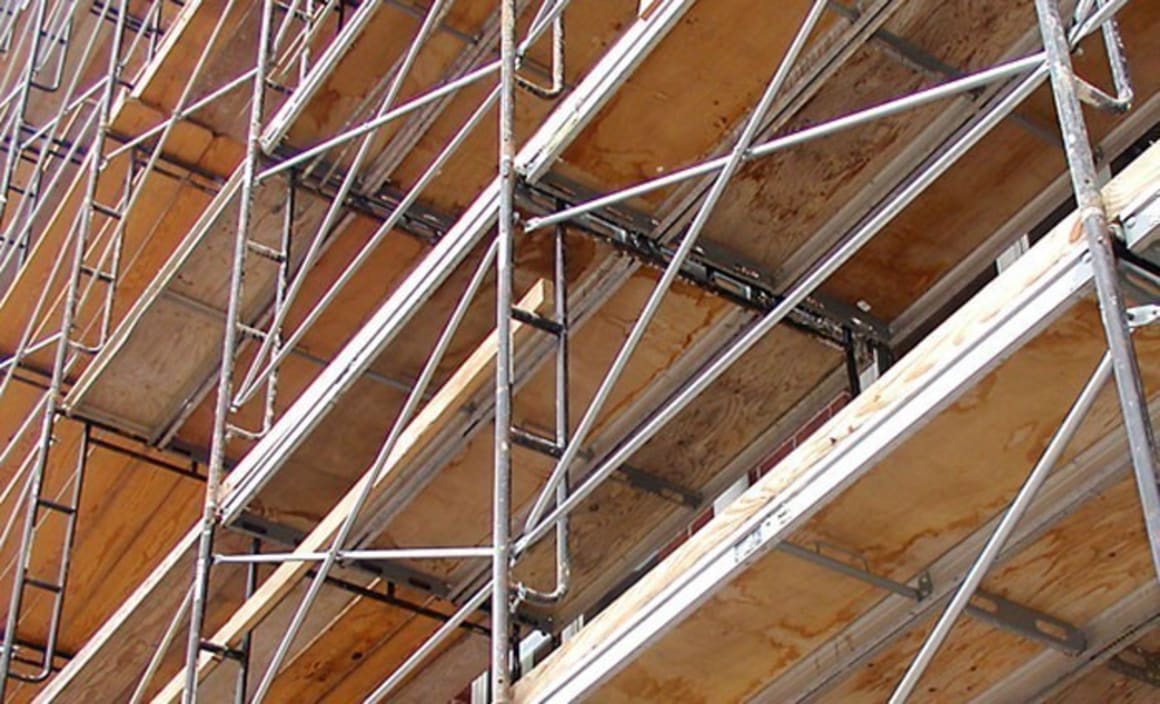Apartments drive dwelling approval November decline:

ABS dwelling approvals data have shown a 9.1 percent drop in November.
According to the latest figures Westpac suggest its takes the total decline over the year to 32.8 percent.
The decrease in November was driven by townhouses and apartments, which declined nearly 18 percent, bringing the yearly total decline to 28 percent.
Housing approvals dropped just 2.6 percent in November, a total of 6.4 percent down on the year.
"We are seeing a second leg lower in approvals following a strong and extended upswing," Westpac economist Andrew Hanlan said.
"The pull-back in approvals from historic highs is against the backdrop: of softer demand, notably from investors (domestic and international); additional supply coming onto the market; and tighter lending conditions.
"High rise developments, which have been a key driver of this cycle, are correcting lower with further falls ahead as suggested by weaker site purchases by property developers.
"The cooling of the housing market will weigh on the economic outlook for 2019, including a likely trend decline in new home building activity," Hanlan said.
Justin Lokhorst, director of construction statistics at the ABS, said the trend for total dwellings has been steadily declining over the past twelve months.
Relative to Q2, dwelling approvals were hit the hardest in South Australia (-31%) and Western Australia (23.7%).
New South Wales recorded a -19.7% decline, closely followed by Queensland at -19.2%
Victoria, the centre of Australia’s population boom, is now down -11.1% relative to Q2.
Tasmania is an island of strength, with approvals up in the month (+30.6%) and higher since the June quarter (+37.6%).
Diwa Hopkins, an economist at the Housing Institute of Australia, said new home approvals fell to reach their lowest level since August 2013.
“This weak result shows just how much the current credit squeeze is weighing on the home building sector," Hopkins said.
“The credit squeeze is happening at the behest of the banks’ own lending practices which have been tightened above and beyond APRA’s requirements.
“HIA research has found that the time taken to gain approval for a loan to build a new home has blown out from around two weeks to more than two months.
Hopkins described APRA’s decision to lift its 30 per cent cap on banks’ interest-only lending as a "welcome development", however suggested more needs to be done to mitigate the growing risks of a hard-landing in the housing market.
“Policy makers and lenders alike need to be cognisant that ordinary home buyers are now facing blow- outs in loan processing times and also much greater rates of flat-out loan rejection. Today’s results show how this is weighing substantially on the new home building sector.
“We’ve long been anticipating the current downturn in new home building, but there is a risk it could develop more quickly and strongly than expected.
“In particular policy makers and lenders will need to respond judiciously to the pending release of the Banking Royal Commission’s recommendations,” Hopkins said.